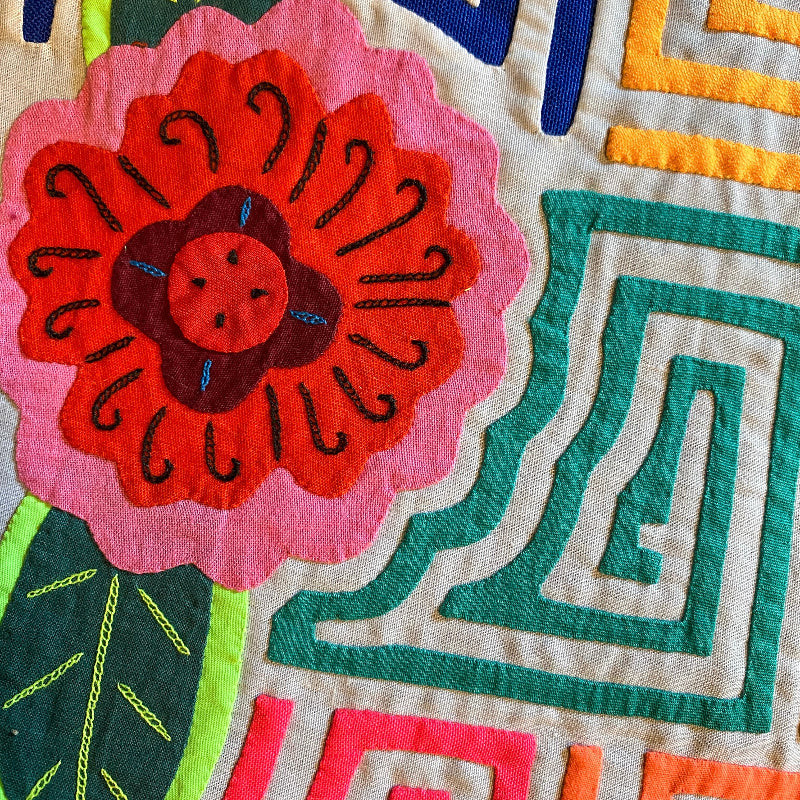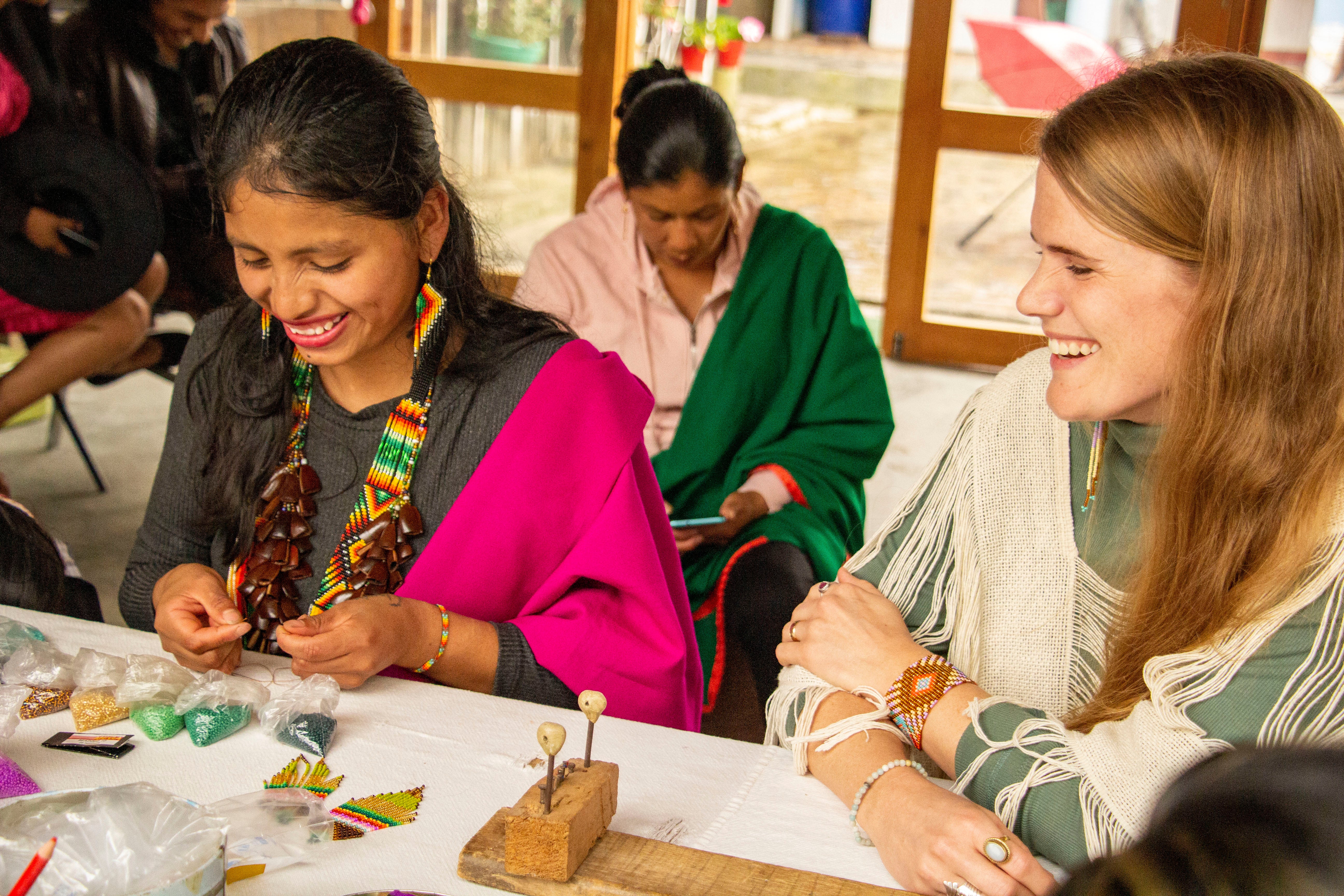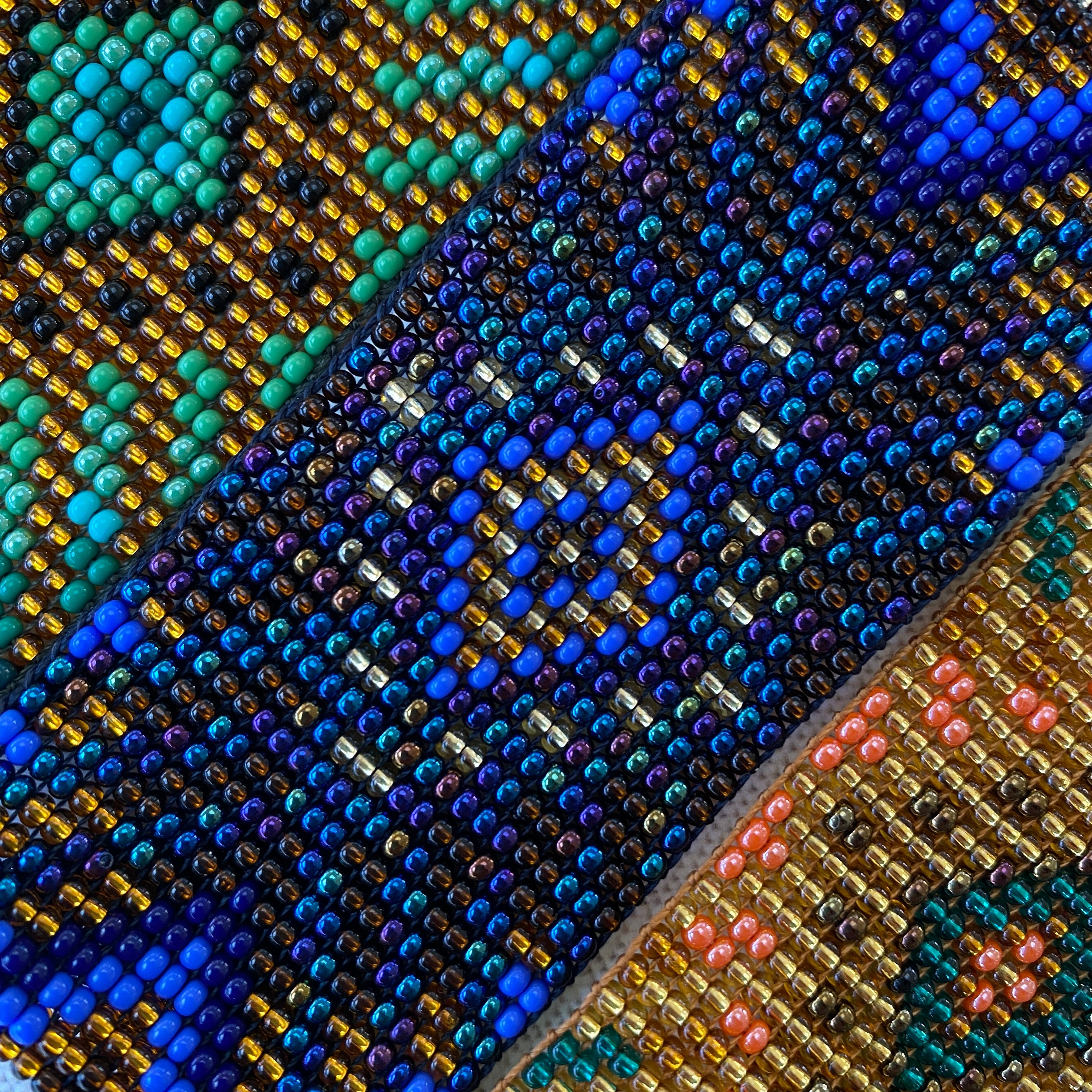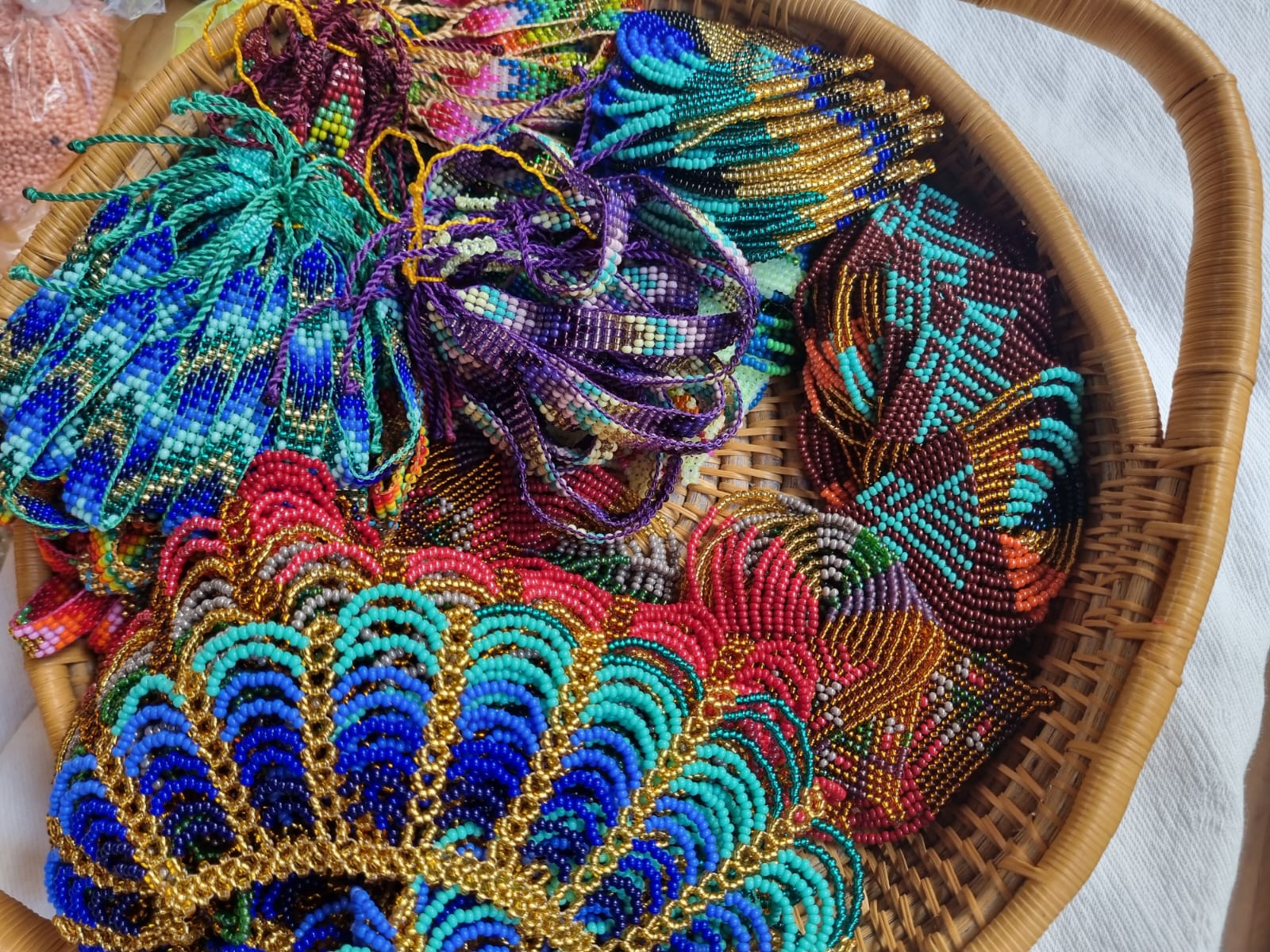
The Carnival of Forgiveness (English), El Carnaval del Perdón (Spanish), Bëtscnate (Kamentsä), and Atun Puncha (Inga): all of these names are used to represent what Kamentsä and Inga peoples say in their own languages is “The Big Day”. Both the Kamentsä and Inga indigenous communities call Sibundoy Valley home. Although they have distinct origins, they both celebrate this day. The Kamentsä have their big day in the town of Sibundoy, and the Inga have theirs in the smaller town of Santiago, both ocurring on the days before Ash Wednesday.
When my husband and I were planning a trip to visit our artisan partners in Putumayo, they welcomed us to come during this grand celebration where they forgive one another for all that happened in the past year and welcome in the new year with days of celebration.
Even before “the big day” starts, they are visiting the houses of family and friends and the children get their own parade, too! After four days together and two full days of celebration, we left Sibundoy Valley with full hearts and so much gratitude for our hosts and the community. Without writing a novel, here are my five unforgettable experiences (or parts) of the Carnaval:

1 - Chicha:
I had to start with the fermented drink, didn’t I? Chicha is a traditional fermented corn drink that is light, actually does not have much alcohol content, and is so refreshing to drink. All families prepare chicha before the Carnaval and offer it to anyone who comes to their homes. It’s served in large bowls that are carried around the party or given to the visitors to share. You must receive it with gratefulness and drink up immediately! It’s considered very rude to decline it. On my first day of receiving chicha I learned that when you start to get very full (so much liquid!), you just need to politely keep your distance from the server as to not get served a cup too many times too quickly. I honestly loved it and would be happy drinking it daily.

2 - Sancocho
Just as all families are prepared with chica to greet their guests with, they also are prepared with food! I noticed that it was primarily on the big Carnival day that the houses we visited offered us the most delicious stews, or as we say in Colombia “sancocho”. The sancocho we had was either chicken or beef and lots of potatoes, corn, and yucca. All are welcome to eat. After you’ve been parading through the streets for a while, arriving at the house that has sancocho will warm your heart and give you the energy to keep going!

3 - Music Making
The music never stopped! As people gather in the park on the big day, or while parading through the streets, music is constantly sounding. Drums, flutes, shakers made of large seeds, everyone is playing something. There is a specific melody that all the flutes play. It’s a hypnotic experience that brings everyone together as one.

4 - Never-Ending Party
Ok, so put together the chicha, sancocho, and the music and what you’ll get is a combination of food for the soul and body that allows a full day of celebration that goes into the early morning hours. We went to bed by midnight, but found out the next day that the party kept going until dawn! The other benefit of walking around a small town is that there are many opportunities for breaks and re-joining in later.

5- Act of Forgiveness
This experience happened in Sibundoy on our first day of carnival with the Kamentsä community. When the people filled the park square after just having finished Catholic mass, they danced straight down the church steps and into the sun-shaped center of the park, gathering around a cross in the center (Sibundoy Valley had a strong presence of Spanish colonizers and for that reason many Kamentsä and Inga peoples today practice catholicism). I had wondered if the act of forgiveness was still alive or whether it was more performative nowadays, but watching the people embrace one another with a sincere look into each others eyes as they continued dancing and making music, I saw the act of forgiveness happening and it brought tears to my eyes.
We thank Inga Awaska and Arte Colibri for welcoming us and making us feel at home. Both artisan groups are truly amazing and we look forward to sharing more about them this year.
You can support our Kamentsä and Inga artisan partners by shopping their collections of beaded jewelry and accessories with traditional and modern designs.






1 comment
Elizabeth
First of all, I am so inspired by the concept of practicing forgiveness at a specific time each year – what a wonderful gift to give to each other and ourselves. Second, you hiding from the host’s chicha pushing had me in stitches!
First of all, I am so inspired by the concept of practicing forgiveness at a specific time each year – what a wonderful gift to give to each other and ourselves. Second, you hiding from the host’s chicha pushing had me in stitches!